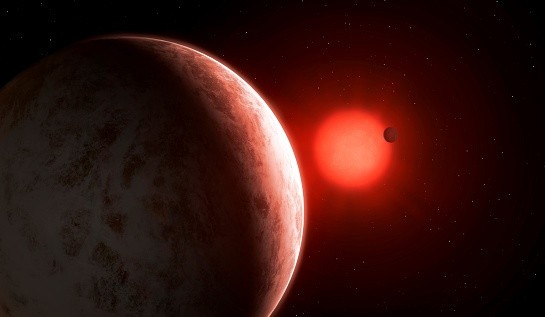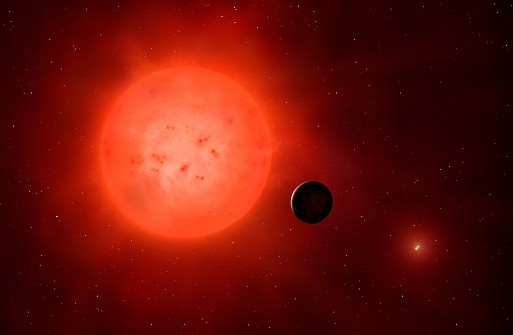A new neural network called ExoMiner has managed to add a total of 301 new exoplanets, bringing our total tally to 4,569.

According to Phys.org, the aforementioned neural network made use of NASA's insanely powerful Pleiades supercomputer to confirm the existence of the 301 exoplanets.
All of these planets were originally found using data from the Kepler Archive. But until the use of ExoMiner, these were only classified as potential exoplanets and couldn't be confirmed.
Using the power of NASA's Pleiades, the ExoMiner neural network was able to verify the planetary status of the new discoveries. Then, it was determined that these exoplanets, while interesting in their own right, aren't Earth-like or aren't located within the habitable zones of their parent stars.
How Accurate Is The Neural Network?
The ExoMiner neural network is super accurate. According to Cornell University, the network has tallied an accuracy of 93.6% (the maximum is 99%), which makes it far more accurate and reliable than current classifiers that don't use machine learning tech.

This is all thanks to the power of the NASA Pleiades supercomputer, which is one of the most advanced in the world. That's because a neural network would be nothing without hardware acceleration.
According to official NASA specs, Pleiades is capable of producing 7.09 Petaflops of peak cluster performance. It has a total of 241,324 CPU cores, 927 TB of total memory, and 614,400 GPU CUDA cores--far beyond the specs of your run-of-the-mill, high-end gaming PC.
There is such a high confidence about the capabilities of the ExoMiner neural network. Project lead Hamed Valizadegan is confident enough to say that when the neural network says it is an exoplanet, you better believe it is, as per the original Phys.org report.
ExoMiner And Planet-Hunting
Astronomers have had a different way of looking for exoplanets before: the transit method. This technique, according to Universe Today, allows scientists to spot extrasolar planets by measuring the light emitted by their parent star.
When a planet passes in front of its star, that is called a transit. A transit will always cause a slight dipping in its brightness. Astronomers will then try to determine if the dip happens in regular intervals.

If it does, then they could be confident that the heavenly body making the transit is, in fact, a planet. That's because anything can make a transit in front of a star--an asteroid, a moon, or anything else. Only an actual planet will be making a transit in regular intervals.
The only problem with this method is there's no actual way to verify the planetary status of any detected heavenly body. That's where the ExoMiner neural network comes in.
Looking Ahead
For now, the neural network has been trained using current data from the Kepler mission. Armed with this information, it will now use everything in its power to further verify any new exoplanets it will come across.
Furthermore, the researchers say that there's still room to improve with the machine learning technique, which could lead to even more exciting discoveries in the future.
Related Article : AI-based Neural Network Makes Photorealistic Edits to Elon Musk, Mark Zuckerberg Photos
This article is owned by Tech Times
Written by RJ Pierce
![Apple Watch Series 10 [GPS 42mm]](https://d.techtimes.com/en/full/453899/apple-watch-series-10-gps-42mm.jpg?w=184&h=103&f=9fb3c2ea2db928c663d1d2eadbcb3e52)



